Accessibility of self-service solutions
Society is increasingly focusing on inclusiveness and the needs of people with disabilities. People with disabilities must be better enabled to participate fully in society and be given the same opportunities as people without disabilities. This involves some 2.5 million people in the Netherlands who want to go shopping, eat out or enjoy a recreational park without barriers.
Initiatives and regulations
Initiatives are being taken at many levels, by governments, civil society organisations and industry. In the European context, for instance, work is underway on the EAA directive (European Accessibility Act), which will harmonise digital accessibility standards within the EU from June 2025. To this end, it also links up with the international standard for web accessibility (Web Content Accessibility Guidelines).
Accessibility in retail, hospitality and tank shops
Physical access to shops and restaurants has long been receiving attention, for example, in ramps or wheelchair lifts, and many shops have wheelchair checkouts with wider access. New self-service developments, such as self-checkouts, self-ordering kiosks, and self-service kiosks, have made rapid inroads into Retail and the hospitality industry. An ever-increasing number of entrepreneurs are in the process of implementing this technology. Many, however, are not yet sufficiently aware of the problems people with disabilities encounter when using self-service solutions. For wheelchair users, touchscreens, scanners, and pin machines at self-checkouts and kiosks are often inaccessible, and people with visual impairments experience problems finding the right self-checkout, operating a touchscreen, or scanning items.
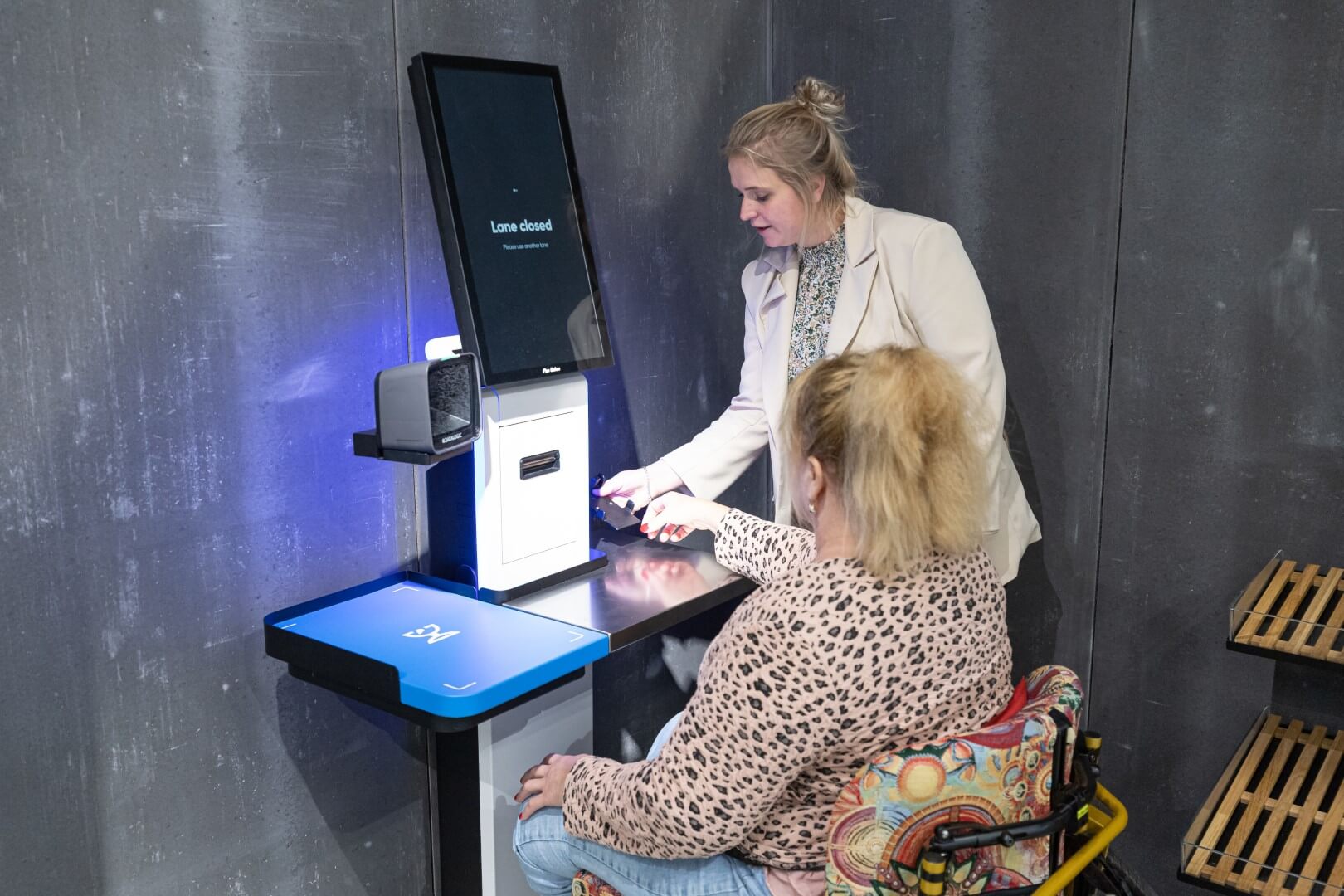
Developing and innovating for accessibility
As a specialist in checkouts, self-service, and kiosk solutions, Pan Oston considers accessibility and inclusivity essential issues. The innovation process for new self-service solutions includes developing adaptations that consider accessibility as a matter of course. Even within existing product lines, versions have already been created with adaptations that make them easy for people with disabilities to use.
What is Pan Oston doing to make its products accessible?
With regard to the ergonomics of appliances, Pan Oston follows the guidelines established at the European level to make them accessible to wheelchair users. Those guidelines cover, for example:
- Screen height and reach distance
- Height and reach distance of controls and hardware
- Knee and foot space at the device in width and depth
- Unobstructed floor space for wheelchair access to operate the device from the front or the side

To improve the accessibility of our solutions for people with visual impairments, we seek alignment with the international standard for web accessibility (WCAG). This means we can include features in our self-service solutions such as:
- Alternatives to touchscreen operation via physical buttons
- Instructions in Braille, e.g. on the position of a scanner behind glass at a self-checkout
- Audio navigation with a text-to-speech function for on-screen information and selection menus
- Touchscreen controls and selection buttons in the lower half of the screen (depending on the software supplier)
What does this mean for Pan Oston's self-service solutions?
- The housing/substructure is made suitable for wheelchair users
- The position of the touchscreen is adapted to wheelchair users
- Hardware components such as scanners, printers and payment terminals are placed in easily accessible positions for wheelchair users
- Installation of a control panel with physical buttons and a speaker or headphone jack for audio navigation
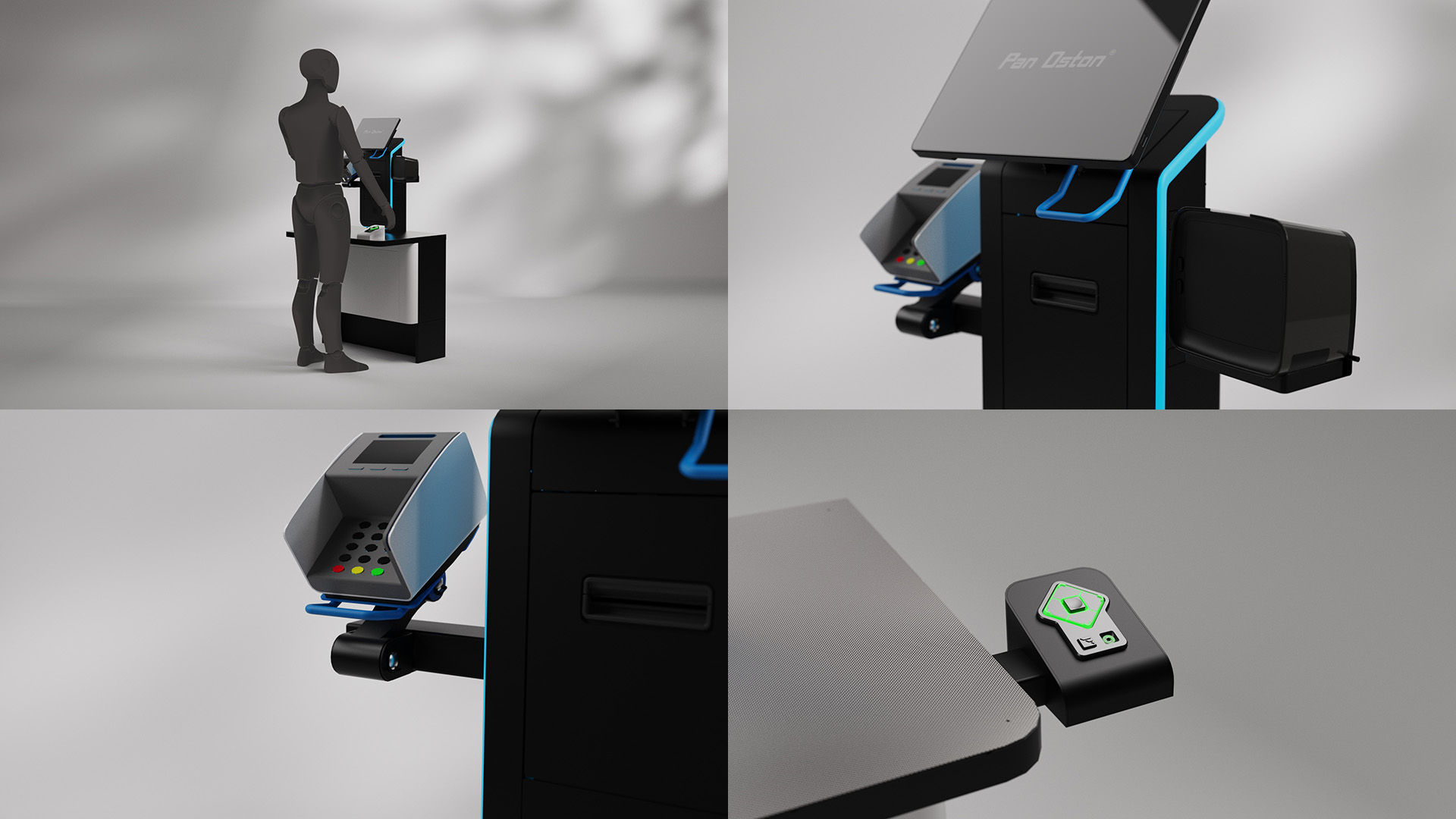
What solutions are available?
Pan Oston develops special versions of self-checkouts, self-service kiosks, and self-ordering kiosks within the SLIM, ESSENCE, and BLUE FIRE product families. We are also adapting customised solutions for many customers to ensure they are accessible to people with disabilities. Solutions have already been developed and delivered for a number of customers.
We are happy to help you with accessible self-service solutions
We are happy to help you successfully incorporate self-service or self-checkout solutions into your business that are accessible to people with disabilities. Discuss your needs with one of our specialists and find out how we can help you with inclusive and practical solutions. Contact us today for a free consultation.
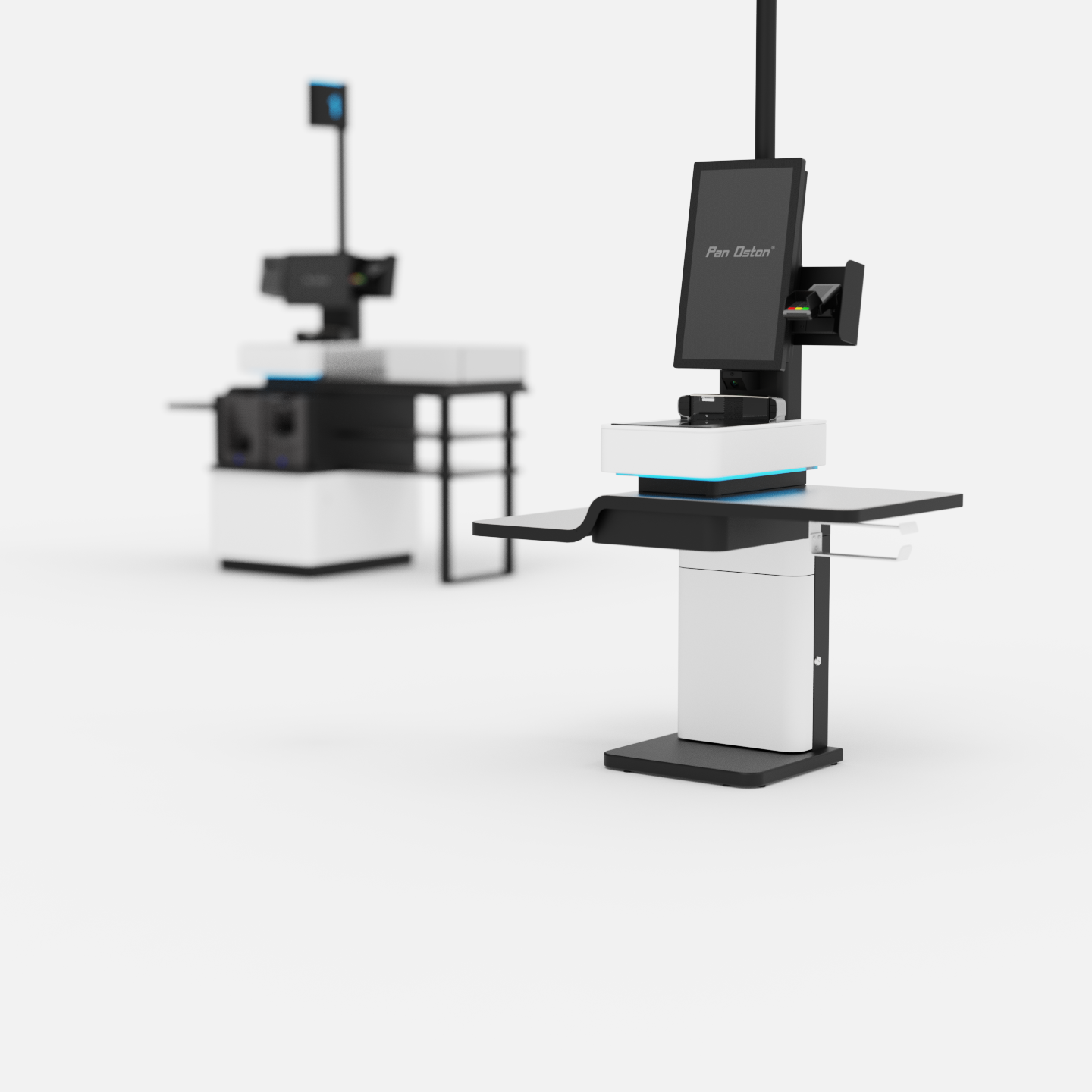
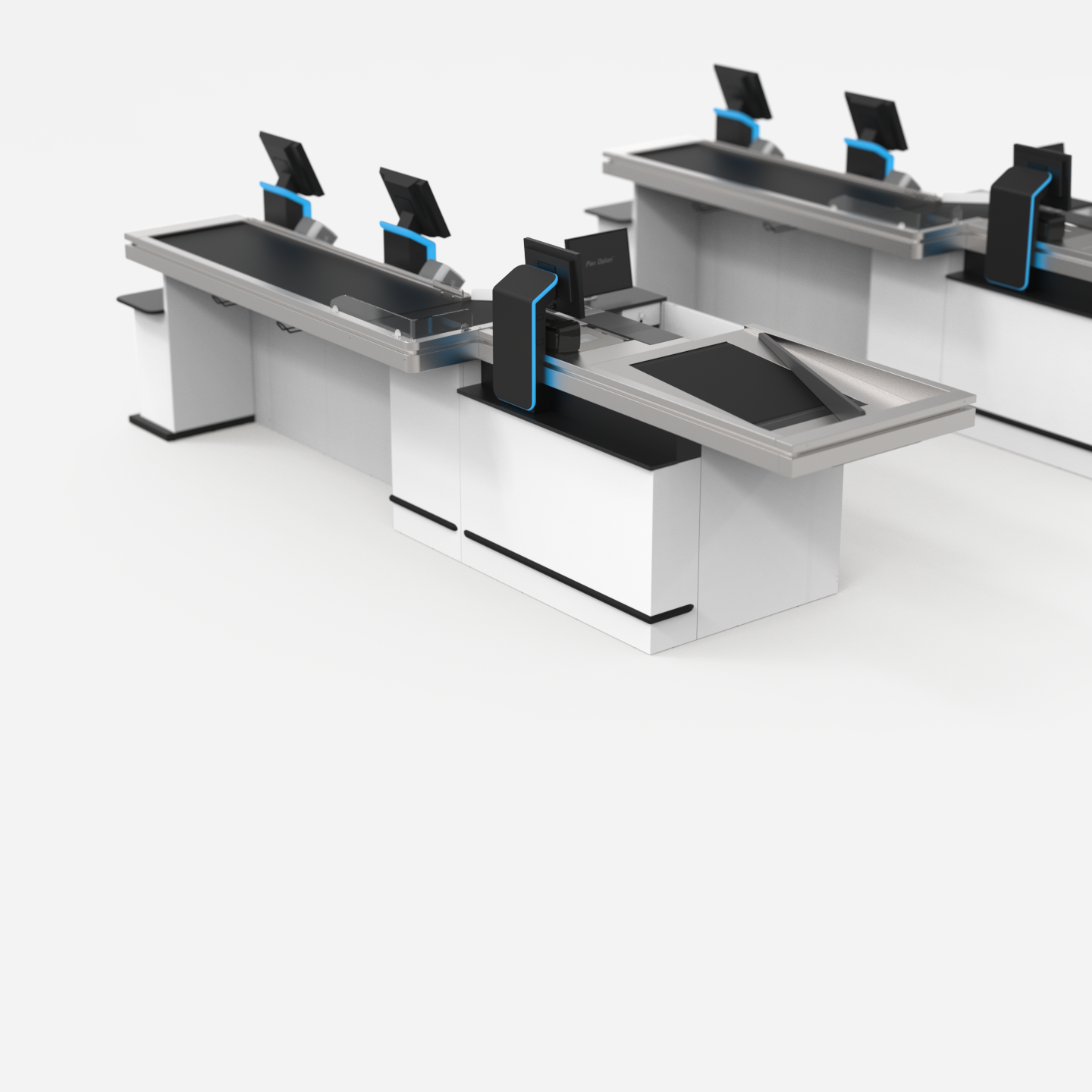
.jpg)
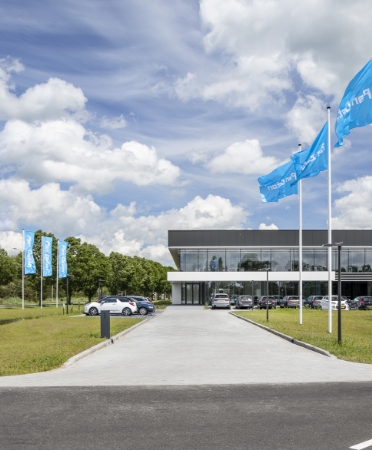
.jpg)